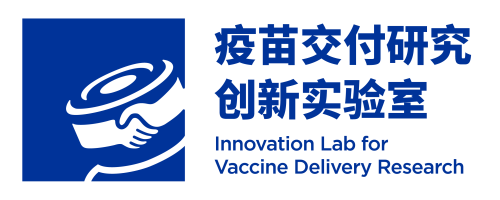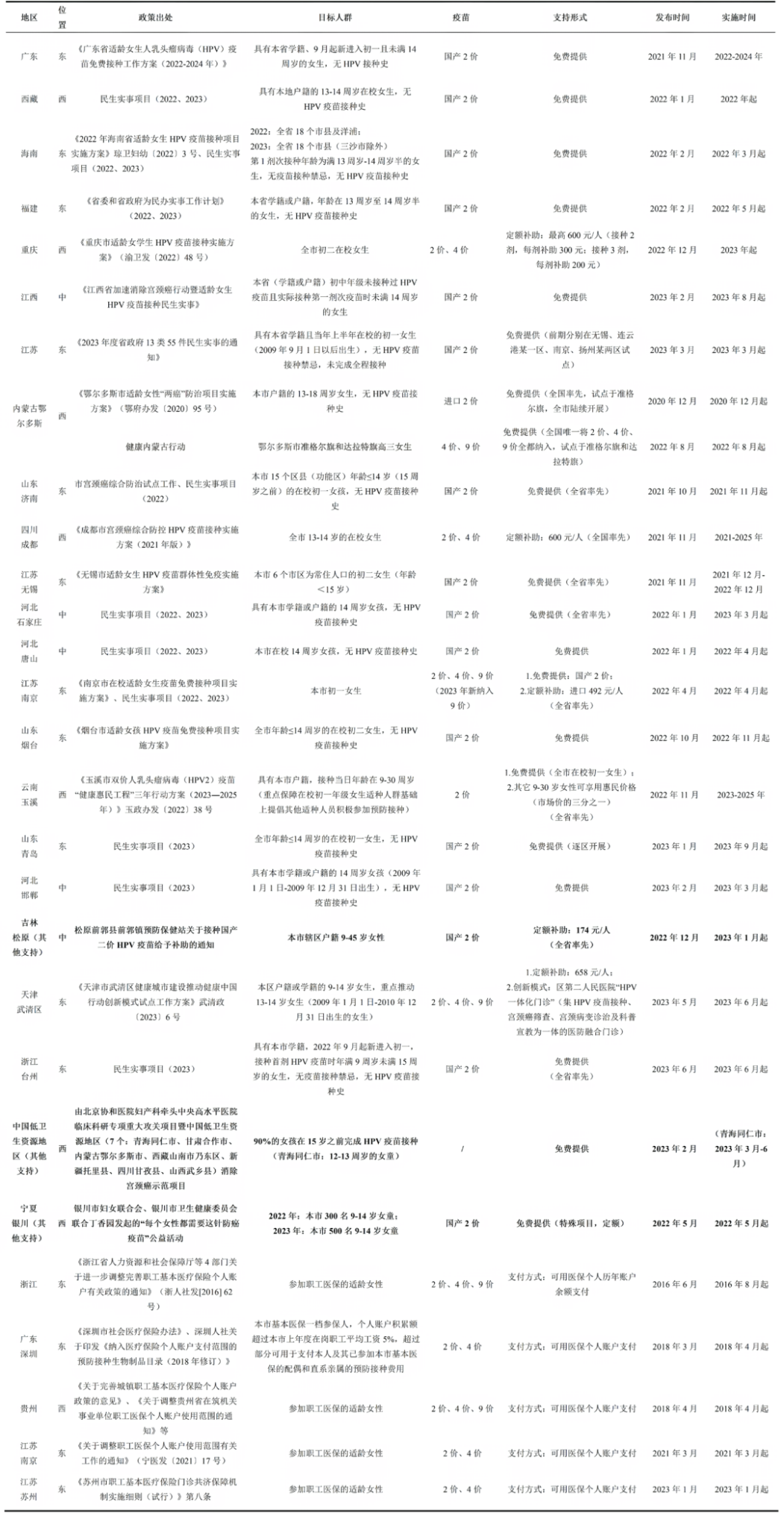Shenglan Tang, Mary D B T and James Semans International Professor of Medicine and Global Health at the Department of Population Health Science, Duke Medical School Professor, Duke Kunshan University.
Dr. Shenglan Tang is the Professor of Medicine and Global Health at Duke Global Health Institute. He is also Associate Director of DGHI for China Initiatives, and Executive Director of the Global Health Program at Duke Kunshan University in China, as well as Director of Research Hub for Asia-Pacific Observatory on Health Systems and Policies/WHO, which has research projects in Cambodia, Nepal, Vietnam, and other Asian countries. In November 2015, he was elected to serve as the president of the Chinese Consortium of Universities for Global Health (CCUGH)at his time of employment at Duke Kunshan University. Tang has more than 30 years of experience undertaking research on health systems reform, disease control, and maternal and child health in China and other countries, and has provided consultancy services on health systems strengthening to many international organizations and governments of developing countries. In 2012, Tang came to Duke from the UNICEF/UNDP/World Bank/WHO Special Program for Research and Training in Tropical Diseases (TDR), based in Geneva, where he was Unit Leader for TB/HIV and Health Systems. Before his assignment at WHO, Tang was a faculty member at the Liverpool School of Tropical Medicine in the UK, and the School of Public Health of Fudan University (former Shanghai Medical University).









